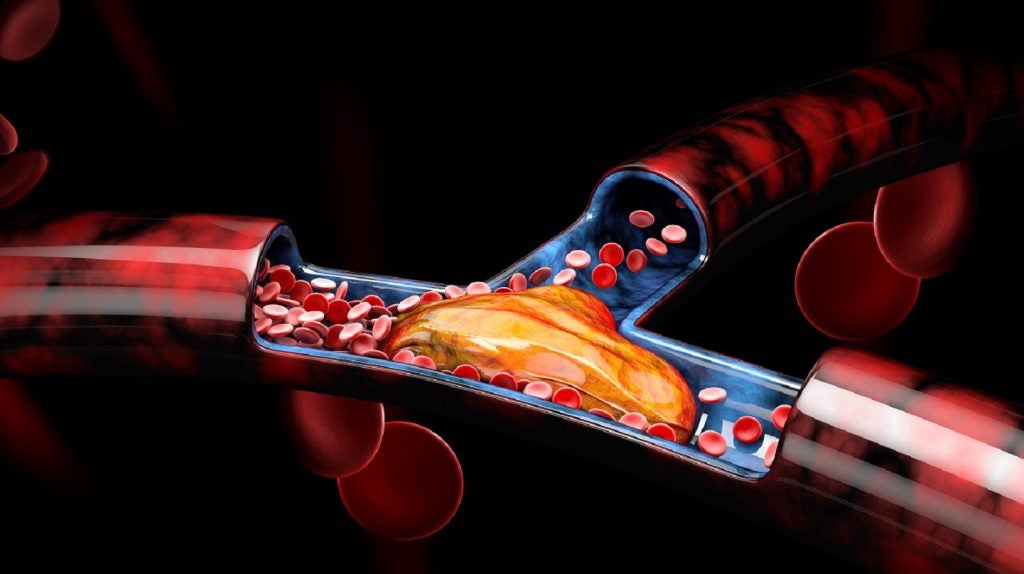A new study led by Oregon State University has demonstrated the use of nanofibre wound dressings embedded with the bioactive form of vitamin D to treat surgical site infections (SSIs).
Prepared using electrospinning, the wound dressings were able to trigger the production of an antimicrobial peptide called hCAP18/LL37 at the site of infection. The peptide disrupts the membranes of microbes and destroys them.
Findings revealed that the dressings could deliver vitamin D on a sustained basis over four weeks.
The mechanism of these dressings to improve immune responses instead of containing single-target antimicrobial compounds is expected to reduce the risk of drug resistance.
Oregon State University College of Science biochemistry and biophysics professor Adrian Gombart said: “Electrospinning is a versatile, simple, cost-effective and reproducible technique for generating long fibres with nanoscale diameters.
How well do you really know your competitors?
Access the most comprehensive Company Profiles on the market, powered by GlobalData. Save hours of research. Gain competitive edge.

Thank you!
Your download email will arrive shortly
Not ready to buy yet? Download a free sample
We are confident about the unique quality of our Company Profiles. However, we want you to make the most beneficial decision for your business, so we offer a free sample that you can download by submitting the below form
By GlobalData“Electrospun nanofibre wound dressings offer significant advantages over hydrogels or sponges for local drug delivery. They provide several functional and structural advantages, including scar-free healing.”
The research team evaluated the nanofibre-based wound dressings on human skin obtained from plastic surgery patients and grown in a culture dish, in-vitro using keratinocyte and monocyte cells, and in-vivo in a mouse model.
Oregon State University pharmacy research associate professor Gitali Indra said: “Our study suggests that 1,25D3-induced expression of hCAP18 by these nanofibre dressings is a step forward to improving wound healing.”
In the US, approximately 300,000 patients develop an infection within 30 days of their surgical operation per year, more than 13,000 of which die from.
Statistics indicate that these surgical site infections, which are the most common health-related infection, also result in an estimated $10bn of additional healthcare costs annually.





